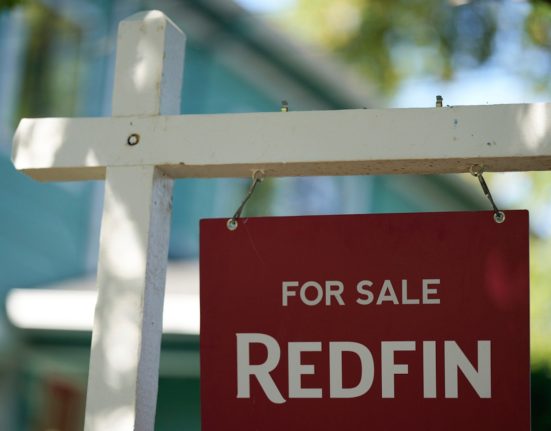But what do we actually get for the money? Just data centres.
If I was making a list of things Australia should be doing with concrete and air-conditioning, it would not include making data centres. What we need desperately, what we are horribly short of, is homes.
House prices are zooming up, and not just from speculation.
We’ve had huge inflation in the cost of building. Building a house from scratch costs around A$500,000, depending on its size and location. Maybe as much as a million bucks. And the inflation data tell us that price is up 39% compared with 2020.
Even renovation costs a bomb. Chucking a renovation on a small old home is now an A$500,000+ activity.

Why is building houses expensive? For a lot of reasons.
One is the tradie shortage. Prices for getting the plumbing and wiring and framework of a house all put in are up sharply. Concrete slabs cost a fortune now.

When it comes to these data centres, Amazon is supplying the capital, the money, which is nice. But money is not something Australia is super short of.
We have trillions in the national superannuation fund that’s just plonked in the sharemarket. (In fact, we have more super funds than the whole sharemarket is worth, so we now have to invest in other countries’ sharemarkets too.)
What we are short of is skilled people. Unemployment is at a historically low 4.3% right now. Unemployment among trades workers (people whose last job was in the trades) is about as low as it has ever been.
You build a data centre – it doesn’t cause the plumber tree to magically make more plumbers.
The result is some fella driving his Ford Ranger to the data centre site instead of a site where they are making a new suburb. He spends the day plumbing server air-conditioning systems instead of dunnies. We get fewer workers in the home-building industry and fewer new homes.
Large language models
In a perfect world, we would be trying to allocate all our spare workers to making homes – and reallocate the workers who aren’t spare to that task too. But instead we will be allocating them to meet the needs of large language models.
Artificial intelligence (AI) has lots of different tricks but the most popular ones are language models, where you ask it a question and it tells you an answer, like GPT-5, the newest update that came out this week.
Large language models are trained on published materials (including my articles on the internet, which I think is quite cool, and my book, which they pirated and I’m cross about).
So far, large language models are kind of stupid, giving lots of wrong answers to easy questions, making things up, etc. But anyone making definitive judgments that AI is therefore pointless is engaging in wishful thinking.
The pace of change is breakneck. Just because AIs hallucinated and couldn’t draw fingers six months ago does not mean they still suck now.
The future is yet to be seen. AI could turn out to be useful. (In fact, Waymo uses AI to drive its driverless cars and the early data show they crash way less than people.)
But AI is a gamble and the payoff for the gamble will go to Amazon. Whereas making some more homes is a pretty sure bet that would actually help Australians, especially the increasingly large cohort who do not own a home. Less than 50% of 30-34 year olds owned a home at the last Census, down from 68% 40 years earlier.
The AI bulge
The following chart shows capital expenditure by the IT industry in Australia. It gives us a little glimpse of the foothills of this AI investment boom, which is set to grow even more.

We are already spending three times as much as a few years ago. Not to mention more than in the year-2000 dotcom bubble.
This is the other big concern about AI; if the huge investment doesn’t pay off, there could be a big market crash.
As in 2000, firms will have spent a lot of money on an idea that will pay off eventually. But it won’t pay off soon enough to prevent a crisis of confidence, a market downturn, a crash in capital expenditure and an economic slowdown.
This is another risk we invite on our shores when we welcome Amazon’s capital expenditure.
There are a lot of people worrying that AI will bring about a terrifying technological singularity, where it uses its own intelligence to make itself ever smarter and then destroys us.
I think there’s not nearly enough people worrying that AI will just grind us down by distracting us from building the things that will actually make us happier.







